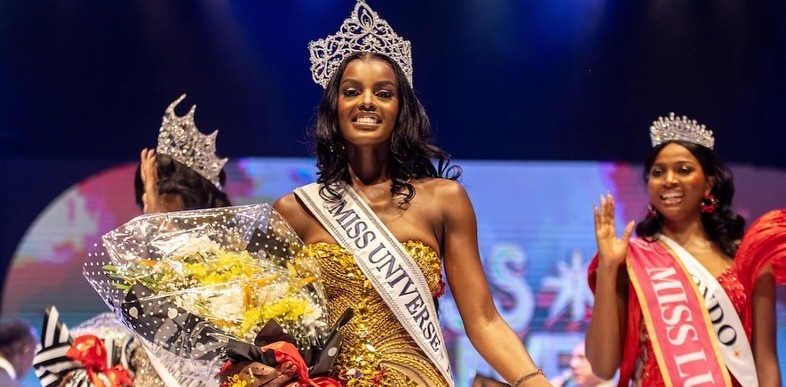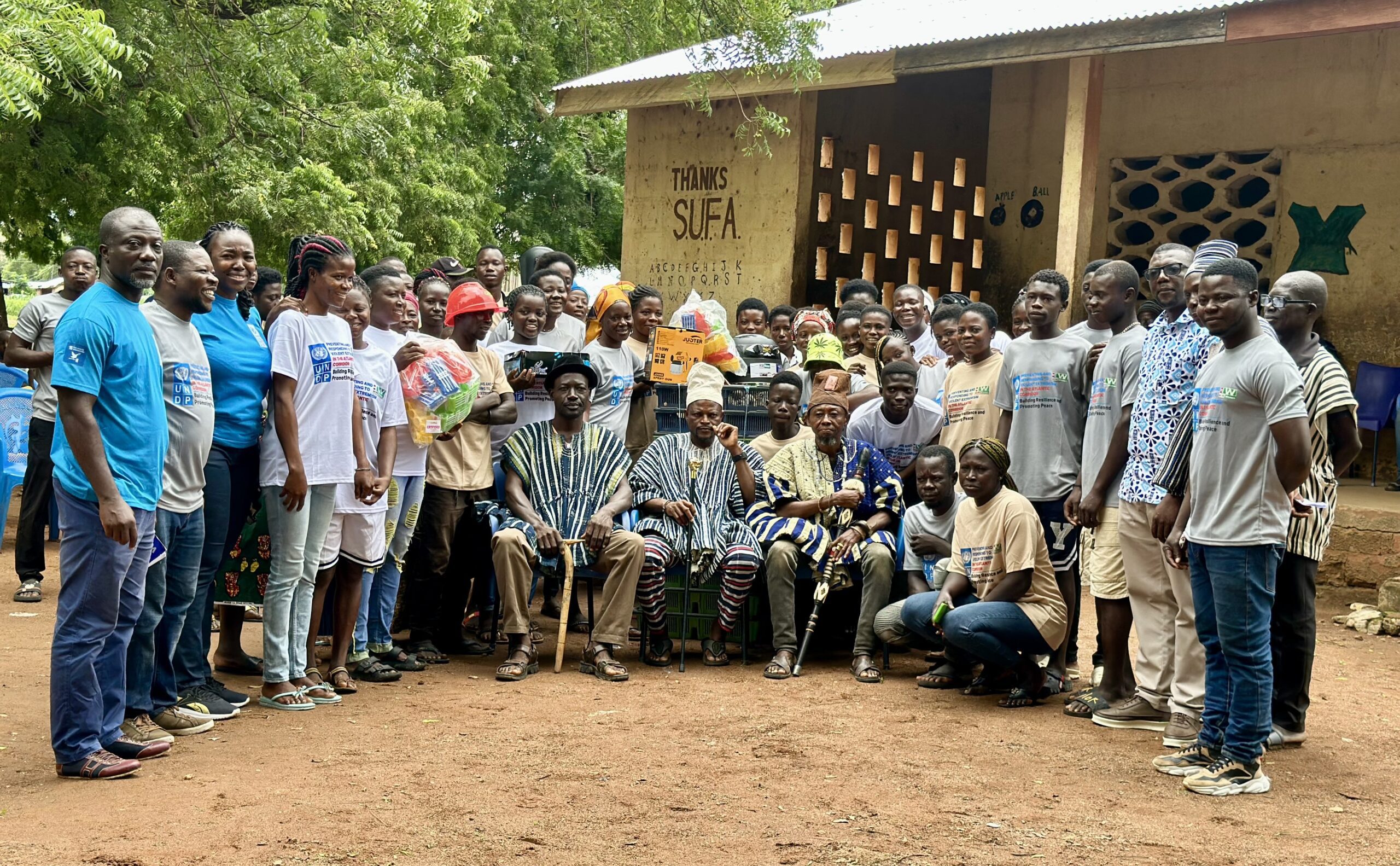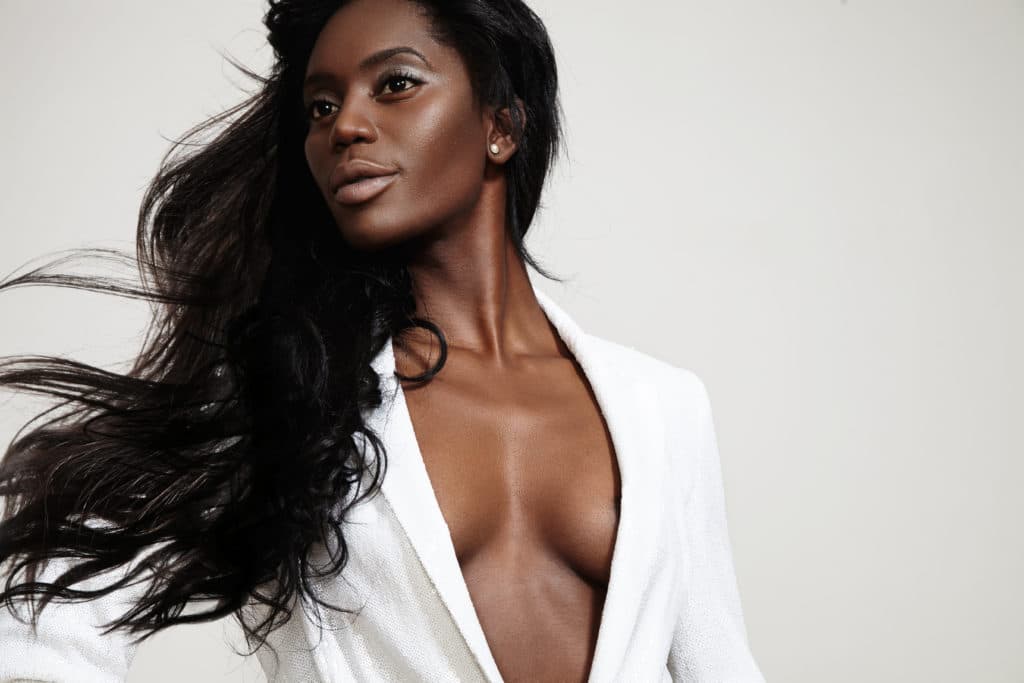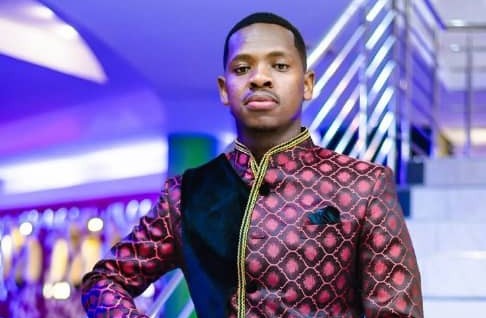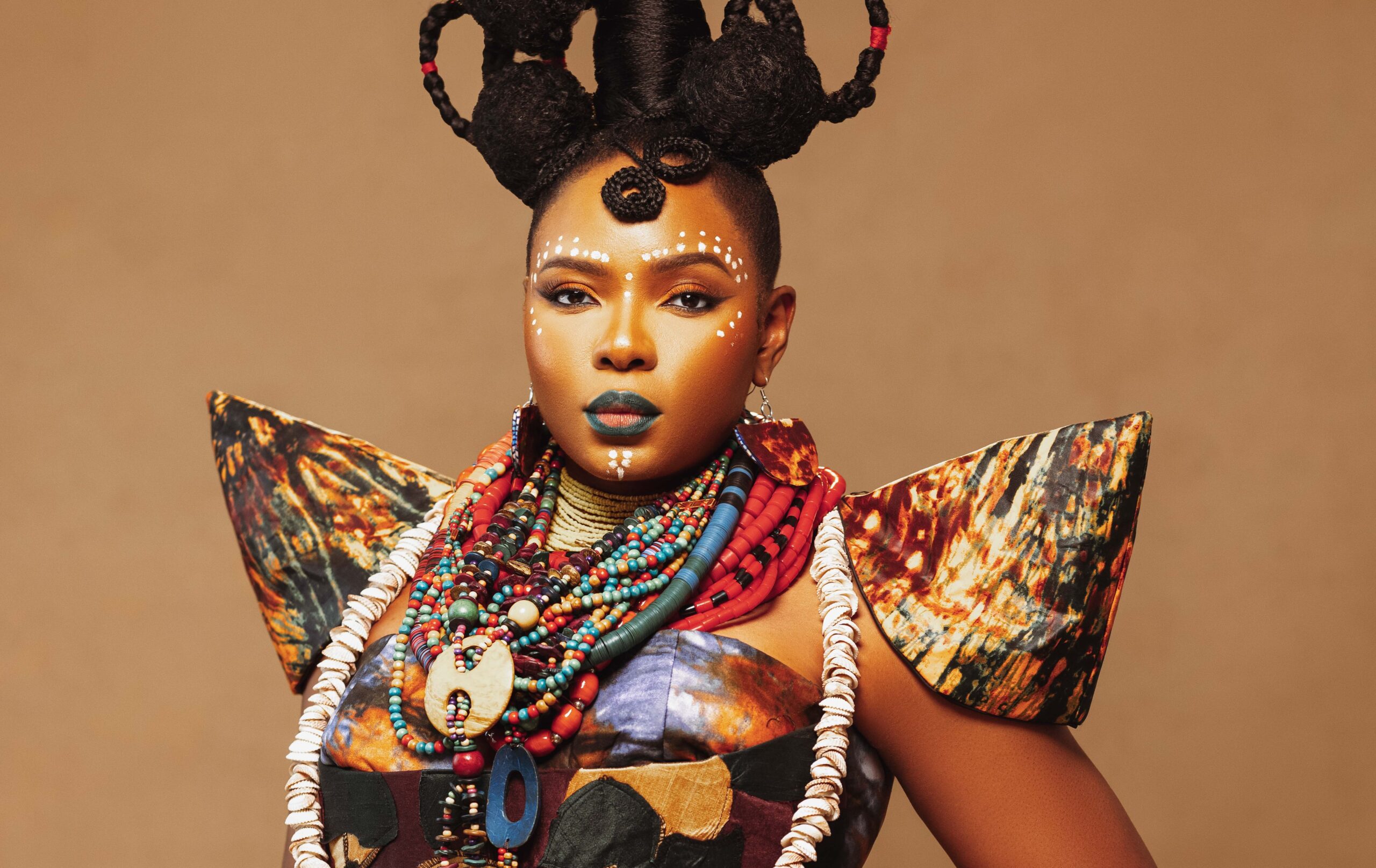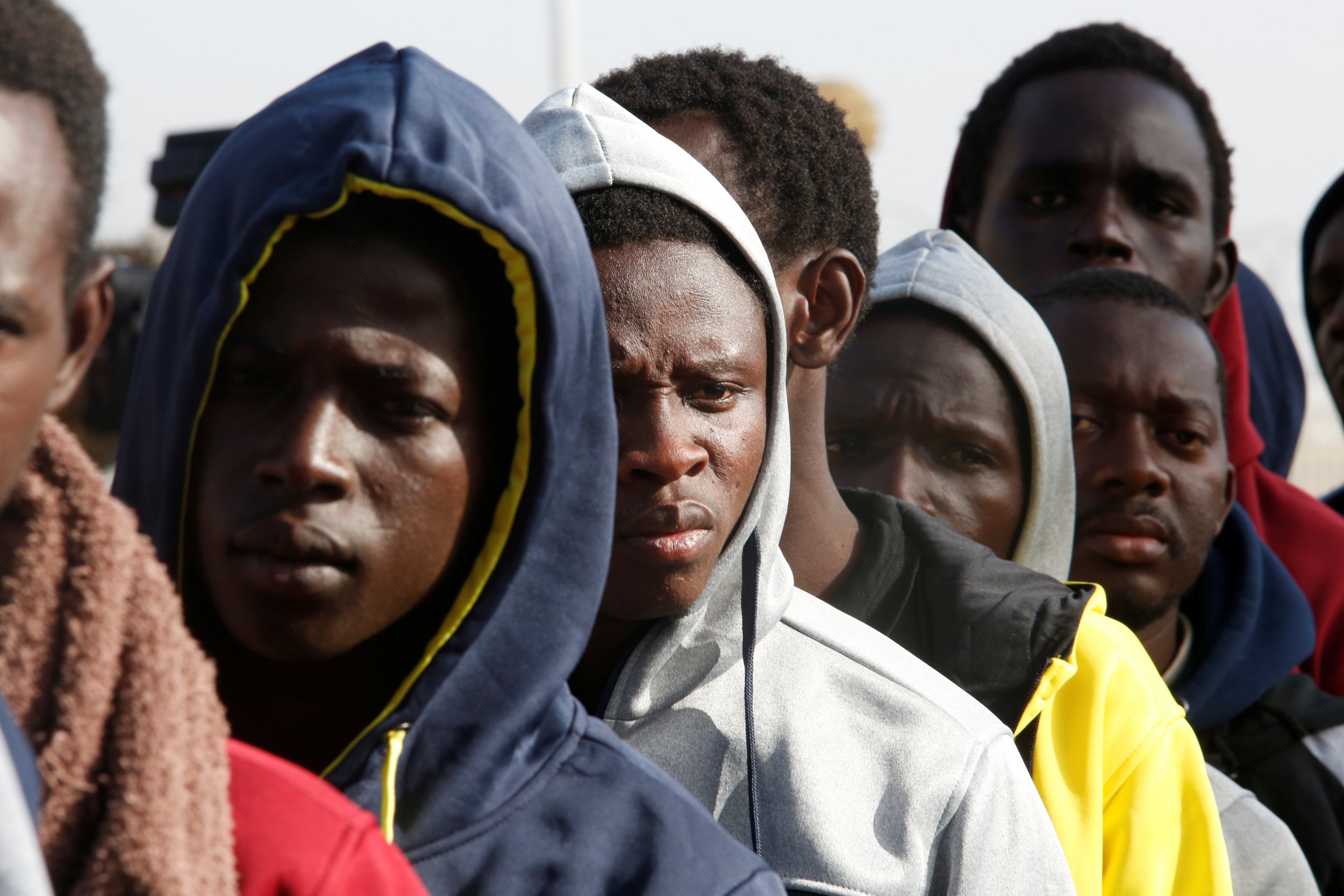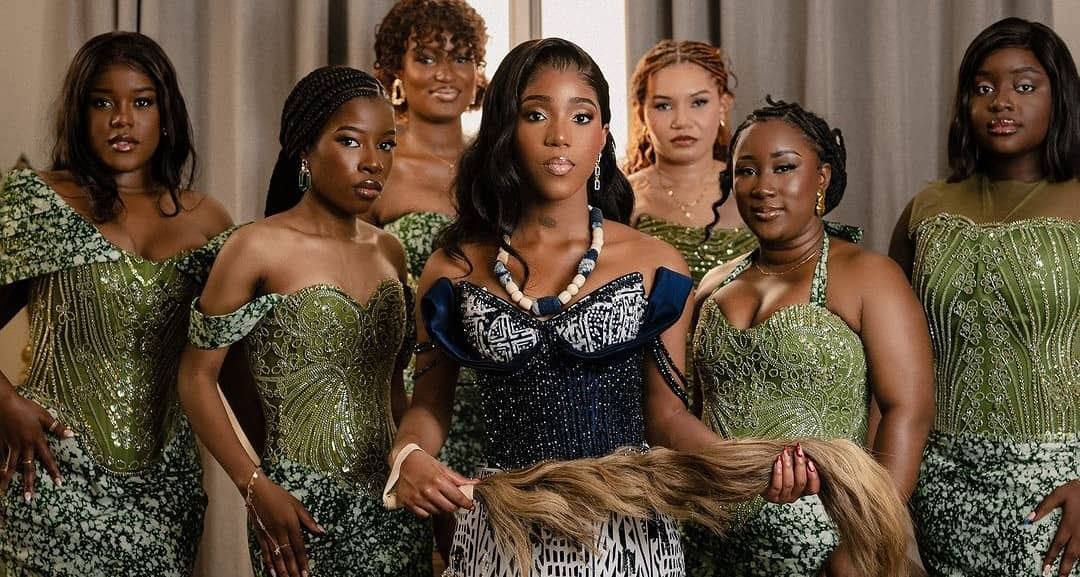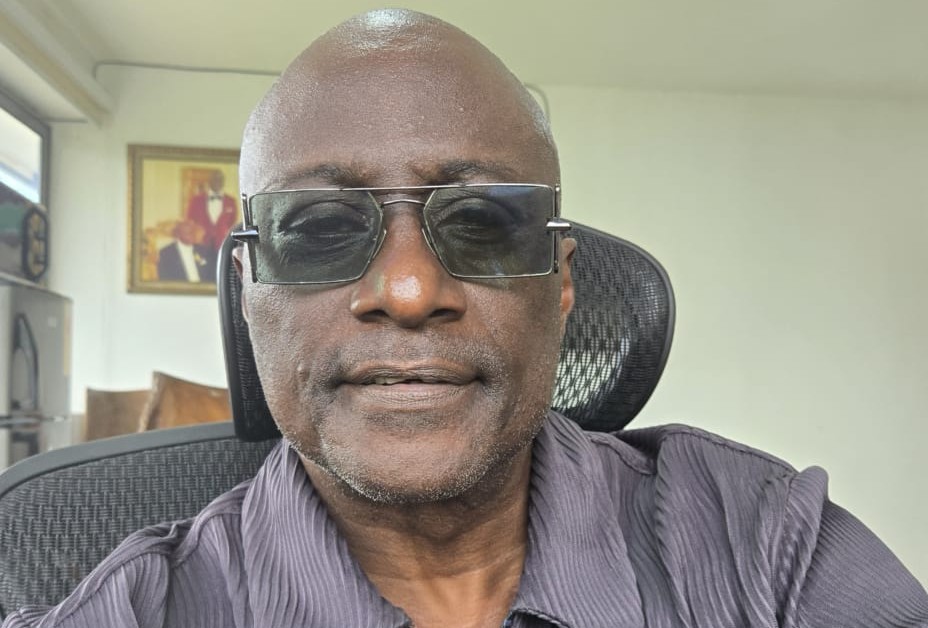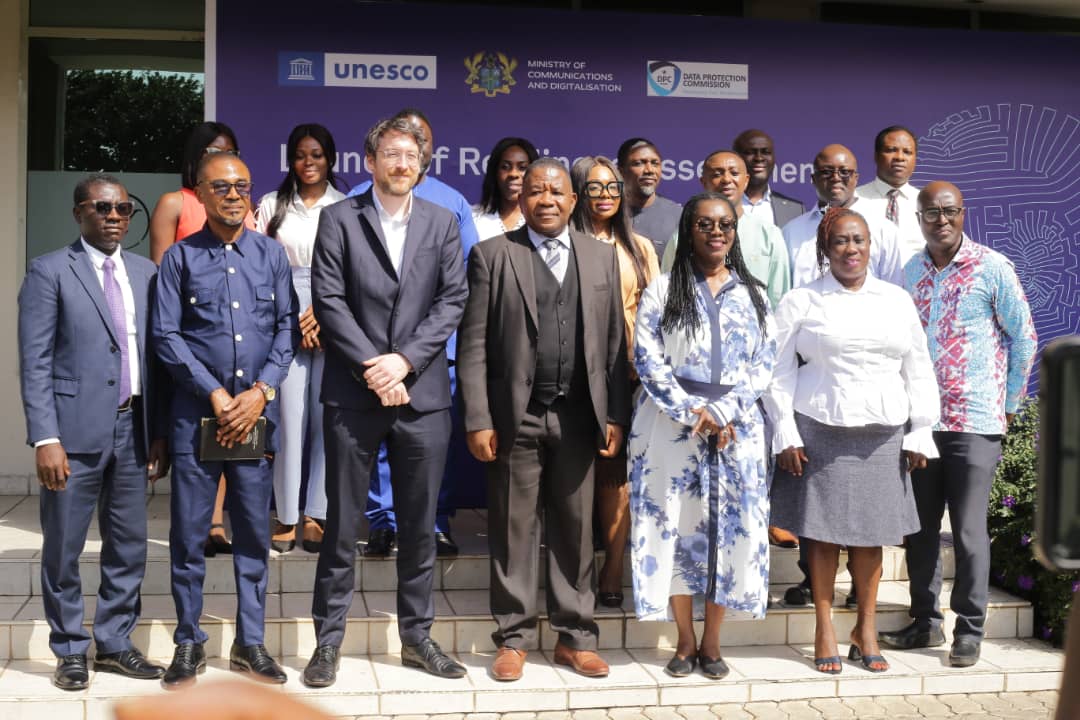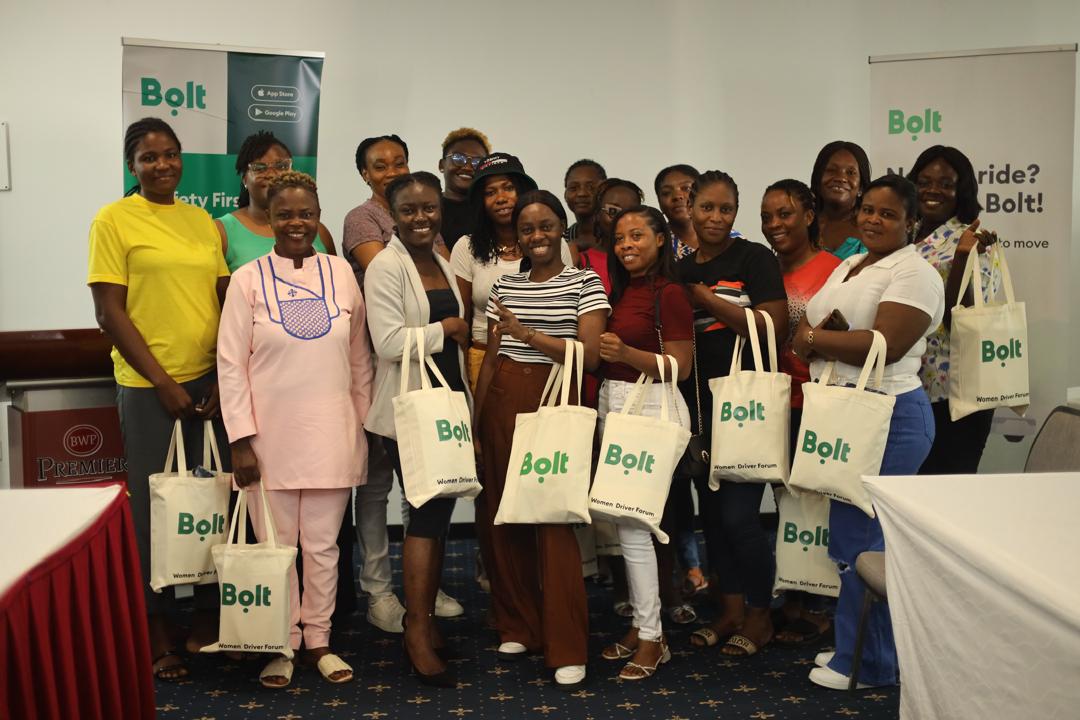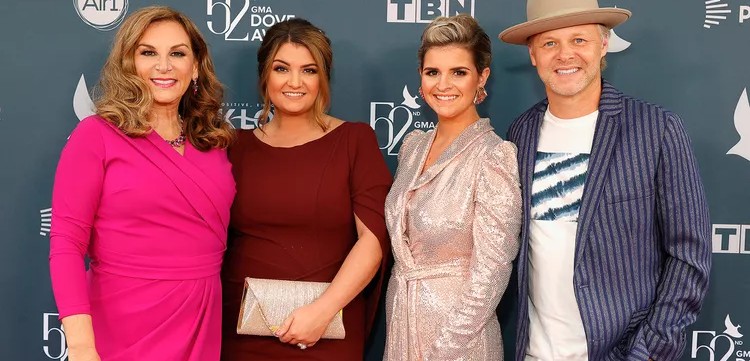Diversity in Barbie Dolls: Shifts in Gender and Racial Representation
Source: Ghanaija
In the bustling city of Lagos, Nigeria, twelve-year-old Amina stood in front of the toy store window, her eyes wide with wonder. Among the rows of colorful toys, one display caught her attention: a collection of Barbie dolls, each one unique, representing different races and ethnicities. Amina had always loved playing with dolls, but she had never seen dolls that looked like her. Today was different. Today, she saw dolls with brown skin, curly hair, and even dolls dressed in traditional African attire.
Amina’s mother, Funmi, noticed her daughter’s fascination and smiled. “Do you like them, Amina?” she asked.
“Yes, Mama!” Amina exclaimed. “Look at her! She looks just like me!” She pointed to a doll with dark skin, wearing a bright yellow dress and a headwrap.
Funmi remembered her own childhood in Lagos, where the only dolls available were blond-haired, blue-eyed Barbies. She had loved her dolls, but they had always felt distant, foreign. Seeing the excitement in Amina’s eyes, Funmi felt a sense of pride and hope. The world was changing, and her daughter was witnessing it firsthand.
As they walked into the store, Funmi thought about how representation in toys had evolved over the years. The traditional Barbie, introduced in 1959, had long been criticized for promoting unrealistic beauty standards and lacking diversity. But in recent years, Mattel, the company behind Barbie, had made significant strides to address these issues, introducing dolls that celebrated different skin tones, body types, and cultures.
Amina carefully examined each doll on the shelf. There was a doll with braided hair and a Maasai-inspired outfit from Kenya, another with a traditional Kente dress from Ghana, and yet another with a colorful Zulu headdress from South Africa. Each doll told a story, a story of culture, heritage, and identity.
“Which one do you want, Amina?” Funmi asked.
Amina hesitated, torn between the Maasai doll and the doll in the Kente dress. “I can’t choose, Mama. They are all so beautiful.”
Funmi laughed. “Maybe we can get two today,” she suggested. “You can start your own collection.”
Amina’s eyes sparkled with joy. She picked up the Maasai doll and the doll in the Kente dress. As they walked to the checkout counter, Amina couldn’t stop smiling. She felt seen, represented, and proud of her heritage.
Meanwhile, across the continent in Nairobi, Kenya, eleven-year-old Kofi was experiencing a similar revelation. Kofi had always loved playing with his sister’s dolls, but he had often been teased for it. Dolls, after all, were considered “girls’ toys.” But recently, Kofi had discovered a new line of Barbie dolls that included male dolls, some even with traditionally feminine features, challenging gender norms and stereotypes.
Kofi’s favorite was a doll named Malik. Malik had dark skin, curly hair, and wore a stylish outfit that included a skirt. Kofi admired Malik’s confidence and individuality. He felt a connection to Malik, who seemed to break free from the constraints of traditional gender roles.
Kofi’s mother, Asha, supported her son’s interests. She had always encouraged him to be himself, to explore his passions without fear of judgment. When Kofi first showed her Malik, Asha was impressed by how the toy industry was beginning to reflect the diversity and complexity of the real world.
One afternoon, as Kofi and Asha walked through a local market, they stopped at a small stall selling toys. Kofi’s eyes lit up when he saw a new addition to the Barbie collection: a doll with albinism, dressed in a stunning African-inspired outfit. Kofi immediately thought of his friend, Zuri, who had albinism. Zuri often felt different, isolated because of her condition. This doll could mean the world to her.
Kofi bought the doll with his saved-up allowance and couldn’t wait to give it to Zuri. The next day, he ran to her house, excitement bubbling inside him. When Zuri opened the door, Kofi handed her the doll. Zuri’s eyes widened in surprise and joy.
“She looks like me!” Zuri exclaimed, holding the doll close. “Thank you, Kofi!”
“You’re welcome, Zuri,” Kofi replied, smiling. “I thought you might like her.”
As Zuri and Kofi played with their dolls, Asha watched from a distance, feeling a deep sense of satisfaction. The world was indeed changing, and children like Kofi and Zuri were growing up in a more inclusive, accepting society.
Back in Lagos, Amina decided to take her dolls to school for show-and-tell. She was excited to share them with her classmates and tell them about the different cultures each doll represented. As she stood in front of the class, holding her Maasai and Kente dolls, she felt a mixture of nerves and excitement.
“These are my new dolls,” Amina began. “This one is from Kenya, and this one is from Ghana. They remind me of our rich African heritage and how beautiful and diverse our cultures are.”
Her classmates listened intently, some of them seeing dolls that looked like them for the first time. After her presentation, many of them crowded around Amina, asking questions and admiring the dolls. Amina felt proud, not just of her dolls, but of her ability to share a piece of her identity with her friends.
As the school year progressed, Amina noticed a change in her classroom. More and more children began bringing dolls that represented their own cultures and backgrounds. There were dolls with hijabs, dolls in traditional Nigerian attire, and even dolls with disabilities. The classroom became a vibrant tapestry of diversity, each doll telling a unique story.
One day, Amina’s teacher, Mrs. Okoro, announced a special project. “We are going to create a mural,” she said. “A mural that celebrates our diversity and the beauty of our different cultures. Each of you will draw a picture of your doll and write a short story about what makes them special.”
Amina was thrilled. She spent hours drawing her dolls and writing their stories. She wrote about the Maasai doll’s adventures in the savannah, the Kente doll’s journey through the bustling markets of Accra, and how both dolls inspired her to learn more about her African roots.
When the mural was finished, it was a breathtaking sight. The entire wall of the classroom was covered in drawings of dolls from all over the world, each one a testament to the power of diversity and representation. Amina felt a sense of accomplishment and belonging. She knew that she and her classmates were part of something bigger, a movement towards a more inclusive and understanding world.
In the years that followed, Amina, Kofi, and Zuri grew up with a strong sense of identity and pride in their heritage. They understood the importance of representation and the power of seeing oneself reflected in the world. And as they looked back on their childhoods, they remembered the dolls that had played such a crucial role in shaping their understanding of themselves and their place in the world.
The shifts in gender and racial representation in Barbie dolls had made a profound impact, not just on their lives, but on the lives of countless children around the world. These dolls were more than just toys; they were symbols of progress, acceptance, and the celebration of diversity. And in a world that was constantly evolving, they served as a reminder that everyone, regardless of their race, gender, or background, deserved to be seen, heard, and valued.


